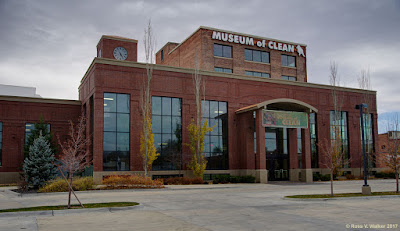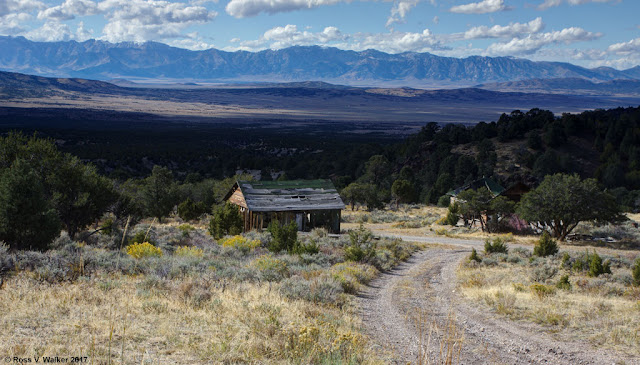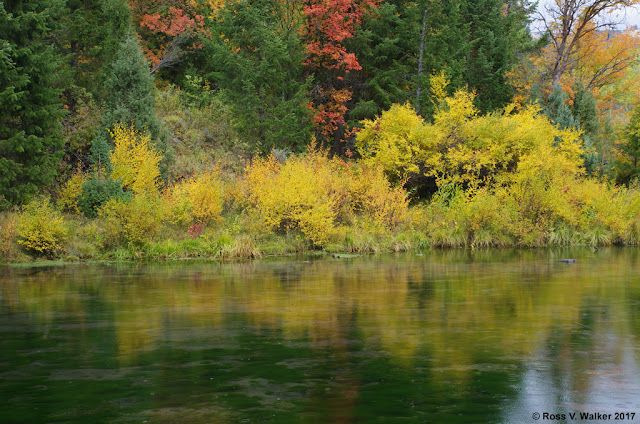Over the years I have visited four of the World War II
Japanese Internment camps and learned about the shameful imprisonment of people
just because they were of Japanese descent.
The four camps I have been to are Manzanar, California; Heart Mountain,
Wyoming; Minidoka, Idaho; and Topaz, Utah.
I previously posted photos of Minidoka and Topaz on this blog. Here is the story of another site where
people from those camps were sent if they were “troublemakers”.
I just returned from visiting my son and his wife, Brian and
Laura, in Tucson, Arizona and while there visited the remnants of a prison camp. The Catalina Federal Honor Camp housed over
8000 prisoners between 1933 and the early 1950’s. They were there to build the Catalina Highway
up Mt. Lemmon, and among the prisoners were 46 Japanese draft resisters,
conscientious objectors, and Gordon Hirabayashi, who defied the government
relocation and turned himself in to the FBI.
He was convicted of a curfew violation and sentenced to 90 days in
prison after fighting the charge all the way to the Supreme Court.
The prison was an honor camp without walls. Painted white stones and strong warnings were
all that kept the prisoners there. Even
so, the Japanese prisoners were transferred from internment camps in leg irons
by armed guards. Mr. Hirabayashi was the
exception. He hitchhiked to the camp.
 The draft resisters were pardoned in 1947, and Gordon
Hirabayashi’s conviction was overturned in 1987 when it was discovered that
evidence in his favor had been withheld.
He was awarded the Presidential Medal of Freedom posthumously in
2012. After the war, the camp was used
as a labor camp for juvenile offenders, then a youth rehabilitation
center. After it closed in 1973 the
buildings were destroyed, and the site turned into a campground. It is now the Gordon Hirabayashi Recreation
Site in honor of its most famous prisoner.
The draft resisters were pardoned in 1947, and Gordon
Hirabayashi’s conviction was overturned in 1987 when it was discovered that
evidence in his favor had been withheld.
He was awarded the Presidential Medal of Freedom posthumously in
2012. After the war, the camp was used
as a labor camp for juvenile offenders, then a youth rehabilitation
center. After it closed in 1973 the
buildings were destroyed, and the site turned into a campground. It is now the Gordon Hirabayashi Recreation
Site in honor of its most famous prisoner.
I am grateful to an old friend, Merry Lewis, for taking
Linda and me to this historic site. In a
sense, this is a ghost town with nothing but walls and concrete slabs left where there used to be barracks, a mess hall, employee cottages, a baseball field, and many
other buildings.
Left, Linda
Right, Merry
Photos are copyrighted and must not be used without
permission.


















































